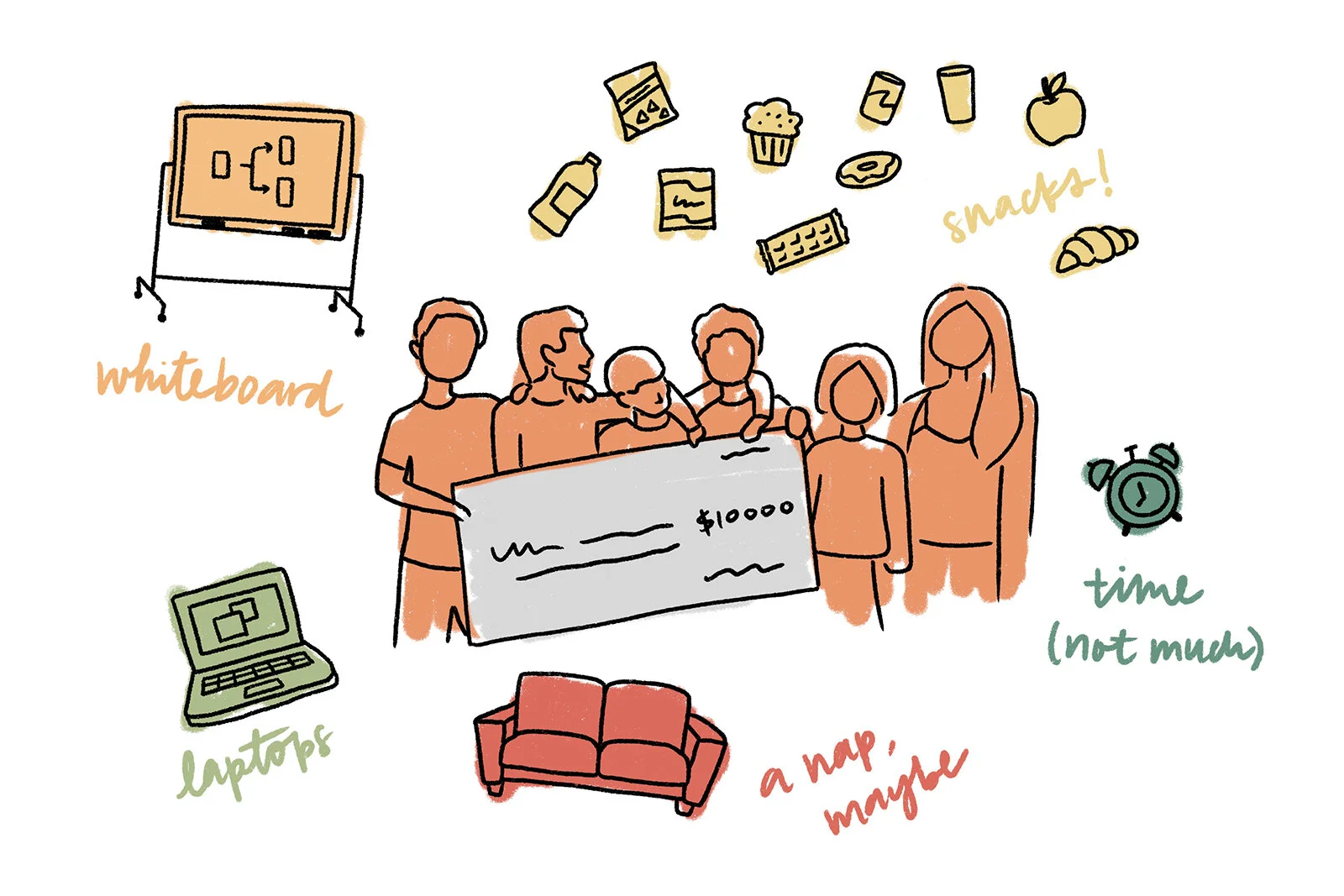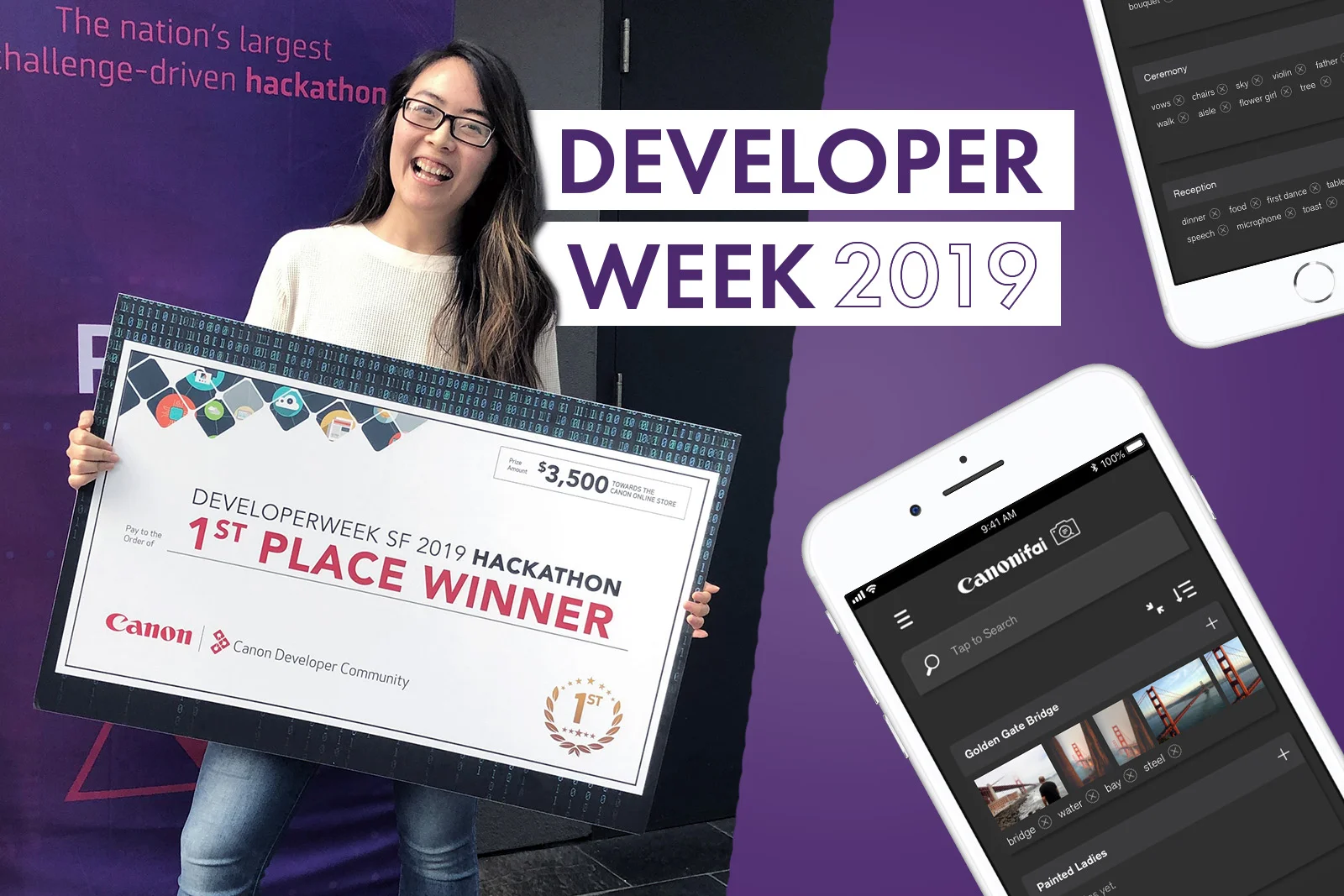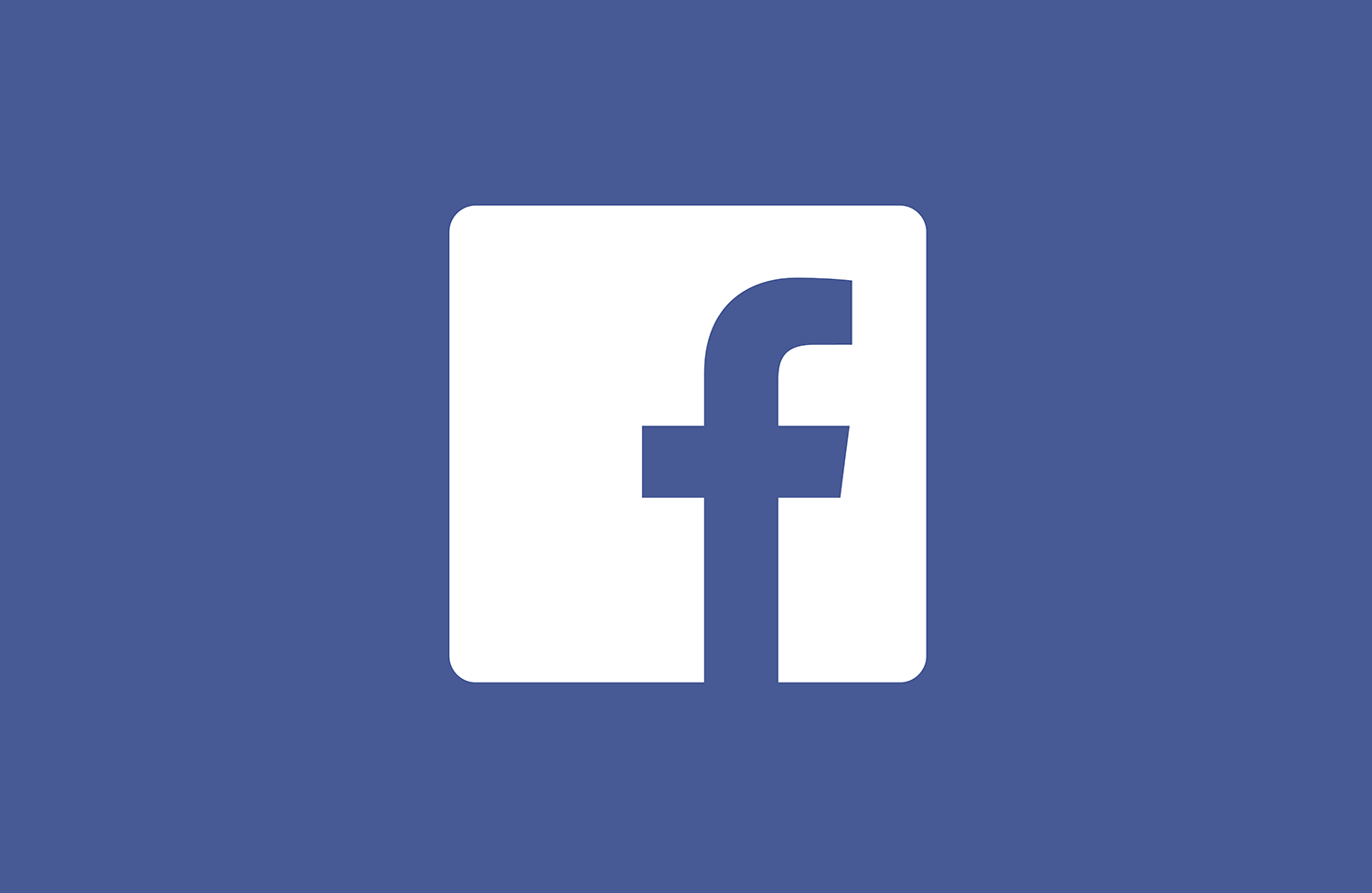How Hackathons Taught Me Product Design
I owe my career to hackathons. If you aren’t familiar, hackathons are design sprints condensed down to a short amount of time (around two days or so). They’re a way for a people involved in software development to come together and experiment with ideas. For a new designer, they’re the perfect opportunity to learn, work with a team of people from different backgrounds, and use your design prowess to lead and present.
Innovation
This field is all about innovation - that was why I got into it the first place. In tech, as long as you have the vision and the passion, the world opens a place for you. At a hackathon, the theme may be to design a new product, use a specific API, or hack for a cause. But ultimately it trains you to problem-solve and be creative. How do we use technology to improve people’s lives? How do we collaborate and innovate together? How do we transform ideas into reality? Everyone is invited. It’s inspiring to find yourself in a space that nurtures inclusion and thrives on wild ideas, no matter where they come from. So don’t be afraid to join in and contribute.
Working with Developers
Developers are amazingly brilliant humans who often think about problems in unexpected ways. They’re passionate about innovation and collaboration, and getting to work with them side-by-side is an invaluable experience for new designers getting into UI/UX. Engineers are your partners-in-crime. They make your ideas come to life. Brainstorm and generate ideas together, design together, and make it happen. The more exposure you get to the engineering side of things the more you understand how products get built, the amount of time it takes to write code, feasibility, constraints, the QA process — all very important knowledge for a career in tech.
Getting to PM
In hackathons I’ve been a part of, it’s rare for product managers to participate. If they aren’t design or engineering-savvy, they may find themselves out of things to do. So more often than not, a developer or designer takes on that leadership role.
Most public hackathons consist of students, and when ideas are generated on the spot by a group that isn’t experienced in product development, lack of focus and vision can slow things down. If you’re a designer, I recommend you take on that role. To be a good product designer, you need to think and speak product, and hackathons are the perfect opportunity to practice. With your team, figure out what product to build. Research the business potential of a solution, and write out feature requirements for a minimum viable prototype to show during presentations. Plan the end result (the deck), and work backwards from there. This will clarify the actionable steps for everyone on the team, and allow you to make the most of your design time to achieve the greatest impact.
“Solving the right problem is much more important than solving the wrong problem well.”
During an AngelHack a few years back, I took Ryan Foland’s pitching workshop. He stressed the importance of solving a problem people actually care about. During your presentation, make your audience care, explain what you plan to do (as opposed to how), and narrow in on a target market. Do research, state the facts, and don't give them any reason to doubt the truth of what you're stating.
It’s so important to be solving a real problem that I would even recommend running it past the judges ahead of time to get feedback. Even if this takes extra time to figure out, it’s worth spending the time. At a DeveloperWeek hackathon, our team didn’t figure out an idea until the night before pitches. It had turned out our initial idea, which we thought was amazing, was already in the works at Canon, whose API we planned to use. Even though we didn’t know at the time, it would not have scored well in terms of innovation. Thankfully we got that clarification and quickly pivoted to a different winning solution.
A rough pitch deck template.
Visual Communication
A designer’s superpower is visual communication. We excel at taking abstract concepts and visualizing how they can manifest in reality. During a hackathon, your focus is to design for the pitch.
A pitch is quick! It’s also the most important part of the hackathon. You have 2 to 5 minutes to show and tell an idea, summarize everything you did over the course of the 2 or so days, and make a lasting impression. Figure out how you want tell that story by sketching out a storyboard. That storyboard becomes your deck. Use a combination of imagery, written text, and narration to present your idea in a logical manner, starting with the problem statement and ending with the live demo. I find that a simple pitch deck structure similar to what I’m showing above usually accomplishes this very well. Even though you’re presenting a piece of technology, focus on telling a good story. Technical considerations can be discussed in a Q&A afterward.
The other pro-tip I have is to use design prototypes. It’s unlikely that the engineers on your team will build anything close to a working prototype in the short amount of time given, so flex your design prototyping skills. Get as high-fidelity as possible and show a screen recording of a user interacting with a UI that looks exactly like the real thing. It’s the most efficient way to explain an idea. You can even go a step further and allow judges to touch the real thing. For example, if you’re designing an app for a smartwatch, load the prototype onto the actual watch and hand it off to the judges to play with. Make things seem as real as possible, even if they’re far from it. People will be blown away.
As team leader + designer + PM, be prepared to not get much sleep. If you are a perfectionist like me you’ll stay up tweaking that presentation deck to death, making sure every slide is impactful, and every prototype shows the maximum amount of content in the most concise way. Perfect those animations. Go above and beyond. Your hard work will pay off.
Winner winner lobster dinner. (Luke’s Lobster, I miss you!)
Bonding with Teammates
Last but not least, the people you meet are the real gems. Hackathons are amazing networking opportunities, and being in the room surrounded by entrepreneurial minds gives you this exciting positive energy that makes you feel like anything is possible. We cheer each other on, use our unique skills to help one another, and celebrate creativity.
At every hackathon I’ve been a part of, I team up with strangers I meet on the spot and leave with new friends. When you sit side by side with one another for 48 hours and have late night meals and ridiculous amounts of caffeine together, the experience really creates a bond, a trust and admiration between smart passionate people who believe in a shared goal. Hackathons foster infinite collaboration and fun. (It’s addicting!) It’s hard to measure but will leave everyone feeling inspired, refreshed, and in good spirits.
In Summary
This is why hackathons are amazing learning experiences for new designers, and why I’ll always love participating in them.
Join the fun, no matter your background. Here, it’s all about innovation, not credentials.
Learn to work with engineers. This is fastest way to understand how technology actually works.
Take on a product manager’s role and learn to solve real problems. Defining the problem is a vital and often overlooked step in product development, and it’s honestly half the battle.
Flex your visual communication skills. Tweak that presentation to perfection and use design prototypes to portray your ideas and tell a memorable story.
Meet new people, and bond with teammates. Celebrate your win. :)
And that’s all I have for you today, folks! I recently wrapped up another successful hackathon at work (my first virtual one) and I’m remembering how much I’ve loved them. As a product designer, you’re responsible for creating and designing great products. A hackathon is the perfect opportunity to learn how to do just that.














